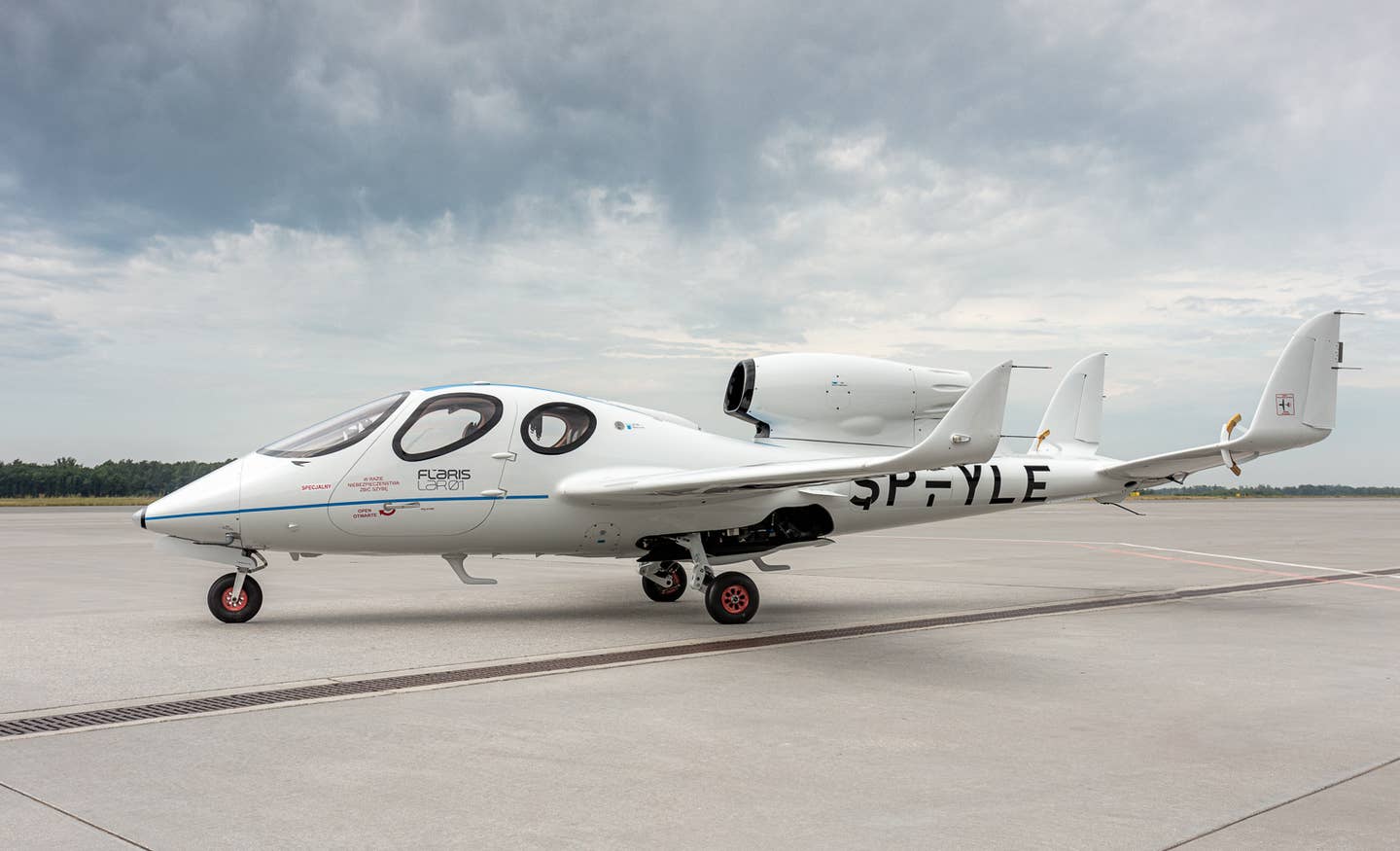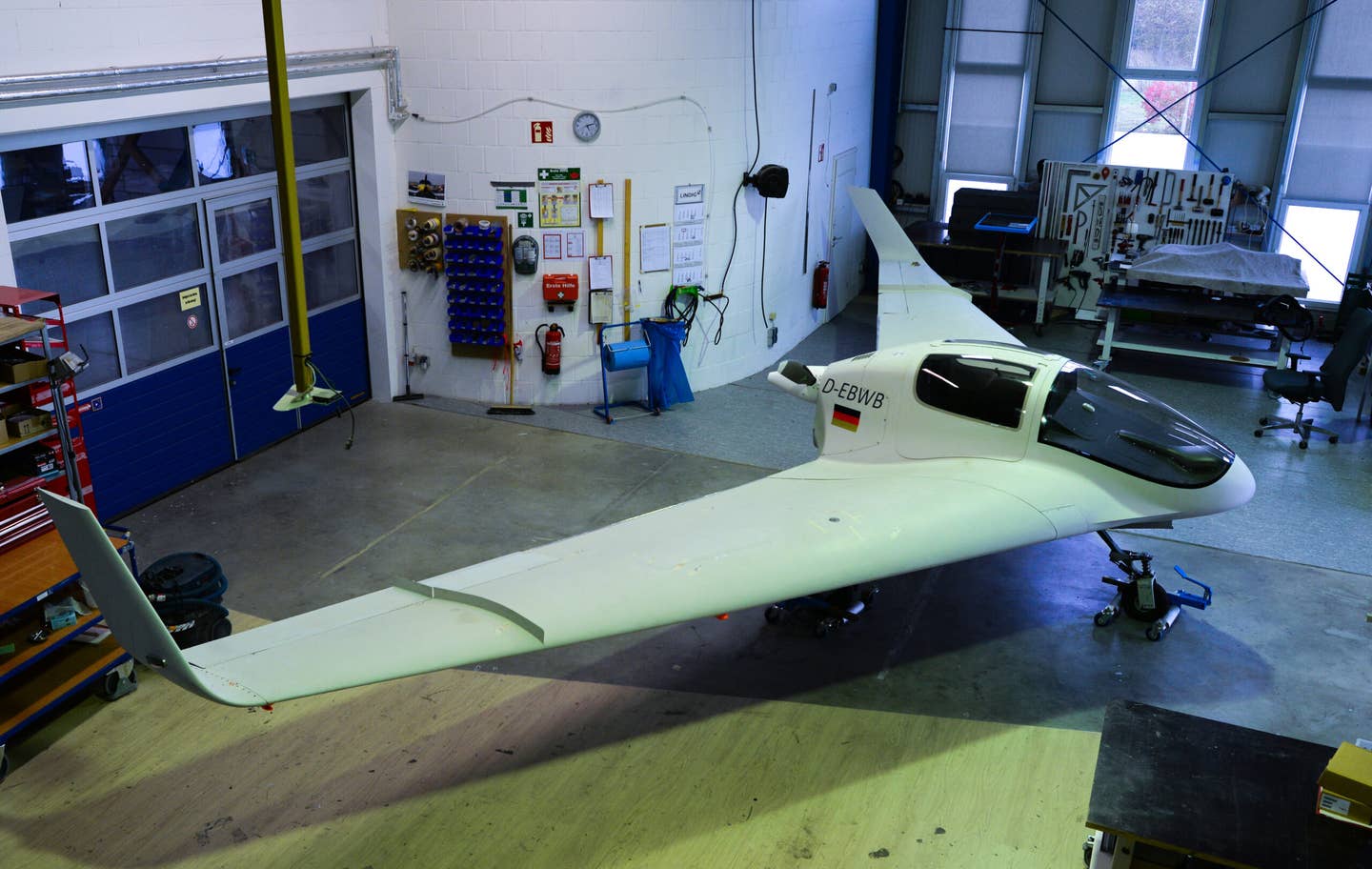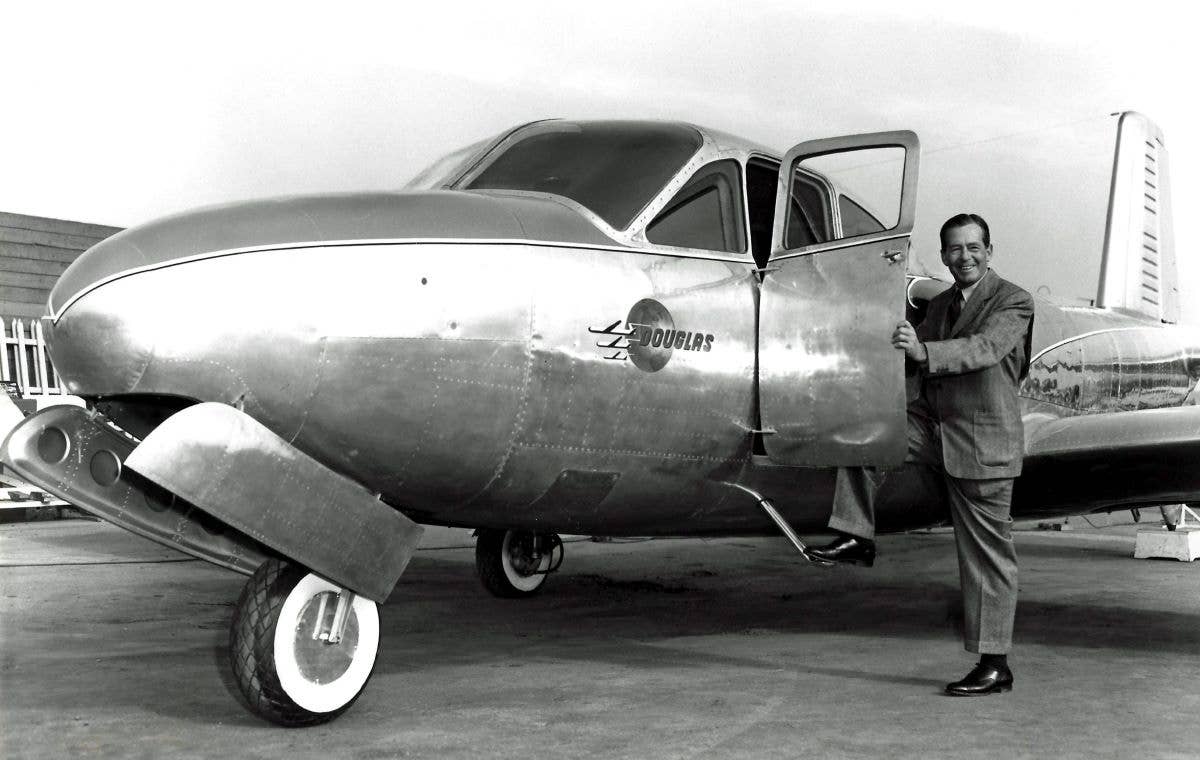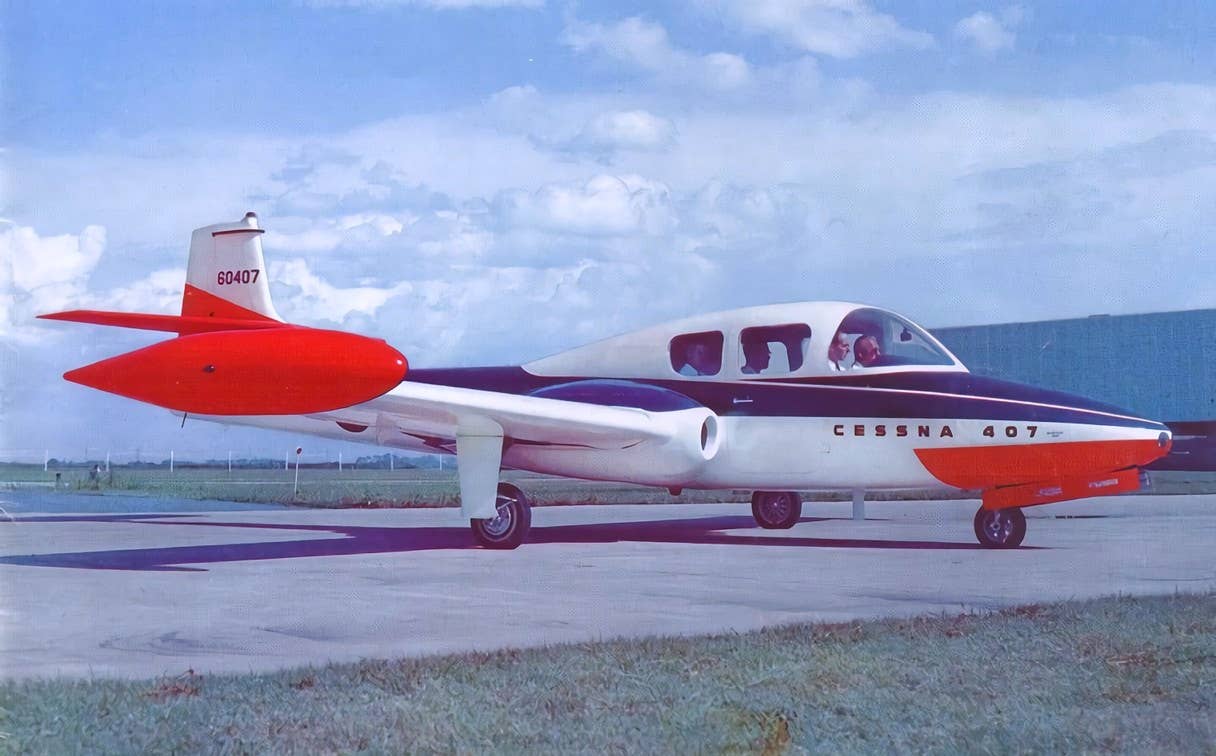Flaris LAR 01 Still Has Potential
While only one has been built, the single-engine jet appears to be in flight testing.

With a compact passenger cabin and empty weight of only 1,984 pounds, the LAR 01 is far smaller than the outwardly similar Cirrus SF50 Vision Jet. [Courtesy: Flaris]
Among the wide variety of aircraft categories that have emerged from the drawing board over the decades, one has consistently captured imaginations but also consistently failed to flourish. It’s a category that has, from its inception, promised unparalleled freedom and performance in a personal-sized package. Sometimes referred to as “mini-jets,” these are loosely defined by having two to four seats and being powered by one or two jet engines.
Like grand-touring automobiles, these personal jets have targeted the well-to-do traveler, intent on covering sizable distances with a companion and some luggage. At the same time, manufacturers hedged their bets by touting the category’s suitability for limited military roles, such as training and utility duties.
Few mini-jets ever reached series production. French manufacturer Morane-Saulnier saw some success with its MS.760 Paris jet in the 1960s. More recently, Eclipse Aviation flew its Concept Jet prototype but, like most other modern efforts, ultimately settled on a larger six-place design.
Polish manufacturer Flaris appears to be the only company with the potential to buck the trend and bring its contender to production. Naming it the LAR 01, Flaris introduced the small, 4,079-pound (maximum takeoff weight), single-engine jet in 2013 and conducted the first flight in early 2019. While it technically has five seats, it is perhaps more accurately described as a four-plus-one, as, like a sports sedan, the fifth seat is nestled between the two back-seat passengers.
The overall airframe layout is logical. The single Williams FJ33-5 engine needs to be placed on centerline, and to avoid robbing internal volume with the engine and ducting, Flaris followed the lead of Eclipse and Cirrus with a dorsal engine pod. To separate the LAR 01’s tail surfaces from hot engine exhaust, Flaris opted for a “U-tail” with two small vertical stabilizers at each tip performing yaw duties.
Whereas the overall airframe layout is predictable, the execution is intriguing. Flowing lines define the fuselage, from a constant arc along the belly to the organic window and door shapes up front. Faced with the decision to retract the main gear into the wing or the lower aft fuselage, Flaris opted for the latter, enabling a thin, efficient wing design.
Flaris touts an 18-to-1 glide ratio, besting the 14.7-to-1 ratio of the Cirrus Vision Jet and actually matching that of early Schweizer gliders. This abundance of aerodynamic efficiency also provides healthy returns during takeoff and landing. The LAR 01 requires just 656 feet to take off and 820 feet to land. Interestingly, Flaris has designed and approved the jet for operation from grass fields, a feature not commonly seen among jet-powered aircraft that aren’t built by Pilatus.
The stall speed of the LAR 01 is a meager 62 knots, enabling the pilot to dissipate a significant amount of energy prior to touchdown in the event of a forced landing. Alternatively, they can deploy the parachute as in the Cirrus.
Rather than utilizing a traditional thrust lever mounted atop a center console, Flaris has installed a single control stick in that position, with dual thrust levers mounted on both outside edges of the glareshield. Accordingly, each front-seat passenger would use their inside arm to control the jet and their outside arm to actuate their thrust lever.
To date, only one LAR 01 has been built, and it appears to be progressing through flight testing. However, a second airframe has been completed as an unmanned aircraft and was displayed at the 2023 Dubai Airshow following a United Arab Emirates defense firm purchasing a 50 percent stake in Flaris. Whether that deal will affect the development and certification of the LAR 01 remains to be seen.

Subscribe to Our Newsletter
Get the latest FLYING stories delivered directly to your inbox






